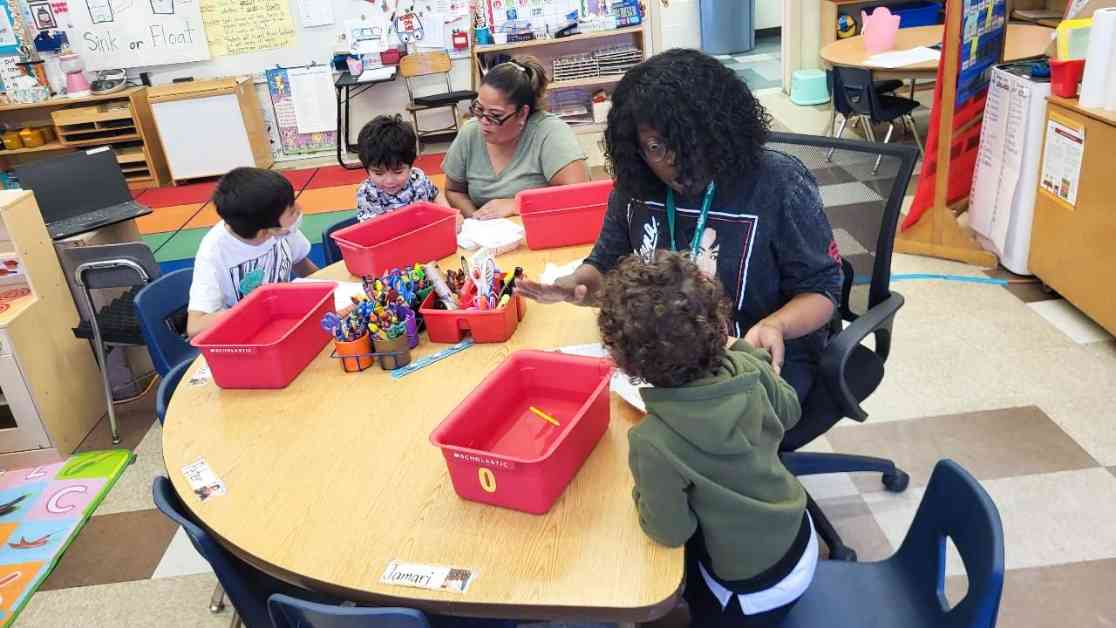In a recent article by The Hechinger Report, the topic of teachers customizing their curriculum was explored, shedding light on why many educators choose to create their own lesson plans instead of solely relying on the provided curriculum by school districts. The article highlighted how teachers, like Petrina Miller from 116th Street Elementary School in Los Angeles, often feel the need to spend their own money to enhance the learning experience for their students.
Many teachers, especially in subjects like math and history, find that the off-the-shelf curriculum provided by districts may not fully meet the needs of their diverse student population. Issues such as lack of engagement, cultural relevance, inclusivity, and support for students with disabilities or language barriers are common concerns that drive teachers to personalize their lesson plans.
While it’s generally recommended for teachers to use a high-quality curriculum aligned with state standards, experts acknowledge that some level of modification can be beneficial. Some school districts even encourage teachers to create their own curriculum, allowing for greater freedom and flexibility in meeting the needs of their students.
The article delves into the debate of whether a do-it-yourself approach to curriculum resources could potentially do more harm than good. While sticking closely to a prescribed curriculum ensures alignment with standards, personalized lesson plans can cater to the specific needs and interests of students, ultimately enhancing the learning experience.
Furthermore, the article touches on the decline in math scores globally, prompting a closer look at the factors contributing to this trend. Additionally, a report on how financial companies profit from school lunch payments sheds light on the hidden costs borne by families.
Overall, the discussion on customizing curriculum for teachers underscores the importance of providing educators with the tools and flexibility to create engaging and inclusive lesson plans that meet the diverse needs of students. By recognizing and supporting teachers’ efforts to personalize their curriculum, schools can foster a more effective and enriching learning environment for all students.

